Day #3 (Saturday - 6/17/2017) - Waterford And Blarney Castle (Page Three)
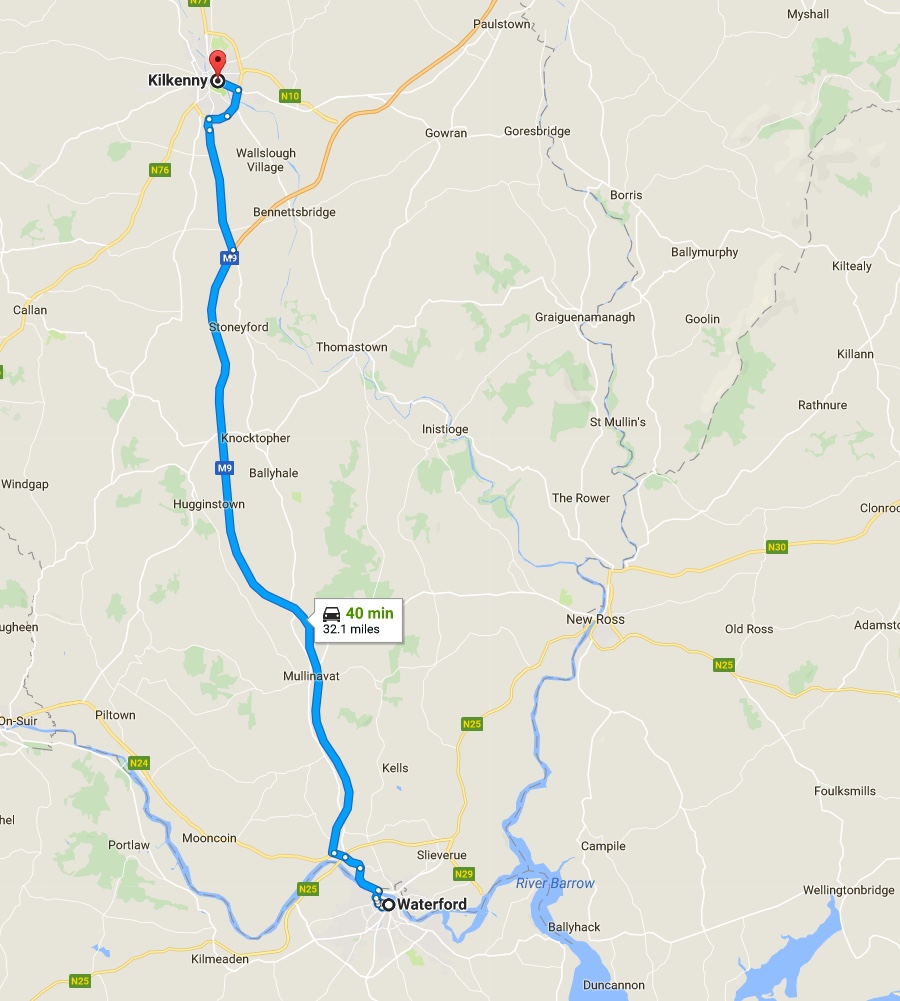

It was a delightful summer morning... Time to explore

But first... Breakfast!

Impeccable place settings

Looks like "Bangers and Mash"
Did You Know? - Bangers and mash, also known as sausages and mash, is a traditional dish of the British Isles made of sausages and mashed potatoes, and may consist of one of a variety of flavoured sausages made of pork, lamb, or beef, or a Cumberland sausage.
The dish is sometimes served with onion gravy, fried onions, or peas.
Bangers and mash served with peas
This dish, even when cooked at home, may be thought of as an example of pub grub, meaning it is relatively quick and easy to make in large quantities.
More up-market varieties, with exotic sausages and mashes, are sold in gastropubs, with less sophisticated alternatives being available in regular public houses (pubs).








Not a bad likeness!



Luke Wadding, O.F.M. (16 October 1588 – 18 November 1657), was an Irish Franciscan friar and historian.

The medieval site, known as ‘The French Church’ is about a quarter of a mile from the present friary (to-day the site of the Greyfriars Municipal Art Gallery).

Over 800 years old...
Did You Know? - The French Church, a former Franciscan Friary and also known as Greyfriars Abbey it was built in 1241 on what is now Greyfriars and Baileys New Street, Waterford. At the entrance to the ancient church stands a monument to Luke Wadding, the famous 17th century Waterford born priest. This friary was one of the first to be built in Ireland, being founded by the Anglo-Norman Knight Sir Hugh Purcell.


Waterford definitely has a magnificent church

Christ Church Cathedral (the backside)
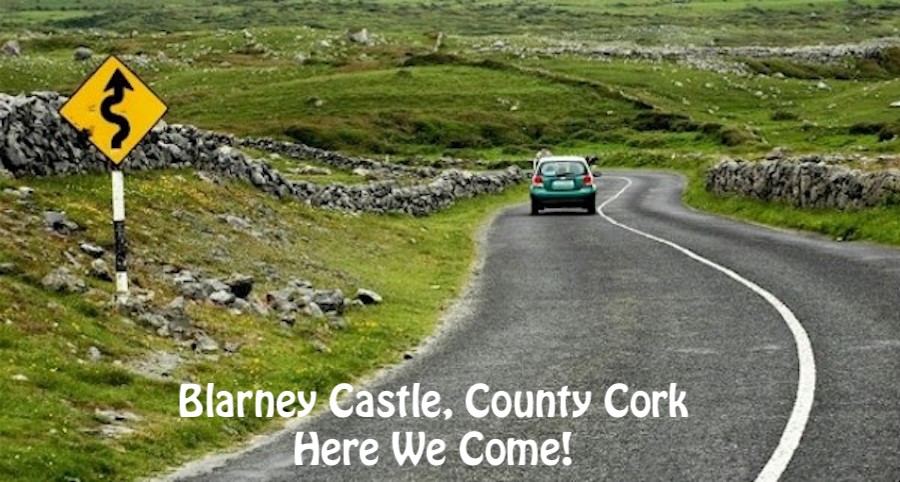
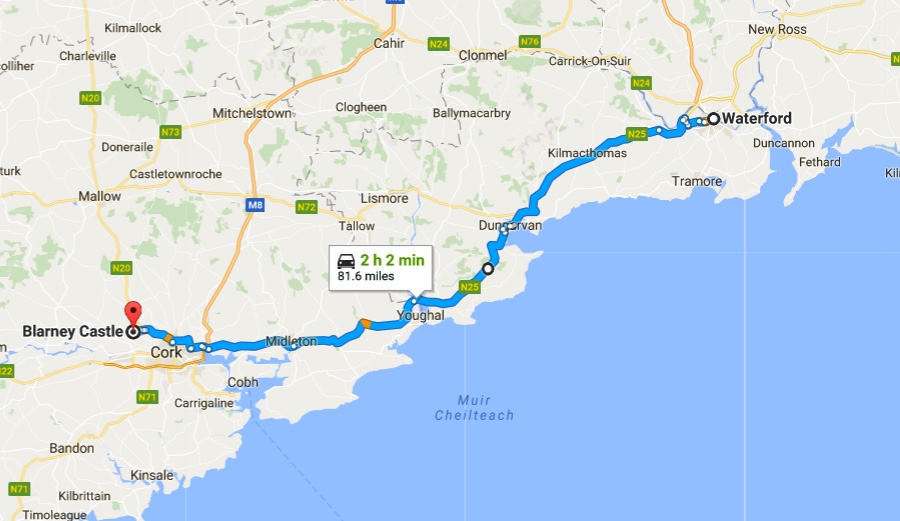
On the road again....



Look out... Here comes "Hot Rod Lisa"

The Waterford Bridge
Did You Know? - The bridge, a landmark structure for Waterford City and surrounding areas, features the longest bridge span in Ireland. This cable- stayed bridge has a single main concrete pylon. A series of stay cables fan out from the top of the tower to support the main span. The deck is a composite reinforced concrete slab and steel structure. The main span over the river was constructed using the cantilever method.

Lisa made the bridge seem small... At 120 km/hr!
Did You Know? - The River Suir Bridge is a cable-stayed bridge over the River Suir in Ireland. It was built as part of the N25 Waterford Bypass, and opened to traffic on the 19 October 2009, some ten months ahead of schedule.
The Viking settlement at Woodstown was discovered during the project and the route of the southern approach roads was altered to preserve the site.
The 230 metre main span has the longest single bridge span in the Republic of Ireland, taking that record from the Boyne River Bridge on the Dublin to Belfast M1 motorway. By comparison, the main span of the Foyle Bridge in Northern Ireland is four metres longer.

Over we go...

Through the countryside on N25

Down by the sea

Fantastic sights along the roads

We had to stop and see everything up close!

Did we say "Up Close"? Ripe raspberries. Raspberries grow naturally in Ireland now as they thrive in cool, moist climates, but are originally thought to have evolved from Eastern Asia. There are many different varieties of red, black and purple raspberries and they all flower either in summer or autumn.

Definitely the "Emerald Isle"

The land we well marked... After 2,000 years... It should be!

Time for a selfie!

Hot Rod Lisa... Driving on the wrong side of the road

Point and shoot... The picture will be great!

Civilization

Thank goodness for GPS!!

Small gardens abound

No shortage of water here

...and no shortage of color

Water moves in mysterious ways

Looks like John Wayne ought be living there


Did You Know? - Blarney Castle (Irish: Caisleán na Blarnan) is a medieval stronghold in Blarney, near Cork, Ireland, and the River Martin. Though earlier fortifications were built on the same spot, the current keep was built by the MacCarthy of Muskerry dynasty, a cadet branch of the Kings of Desmond, and dates from 1446.
The Blarney Stone is among the machicolations* of the castle.
*A machicolation (French: mâchicoulis) is a floor opening between the supporting corbels of a battlement, through which stones or other material, such as boiling water or boiling cooking oil, could be dropped on attackers at the base of a defensive wall. A smaller version found on smaller structures is called a box-machicolation.

Some refurbishment is underway
Did You Know? - Blarney Castle, as viewed by the visitor today, is the third to have been erected on this site. The first building in the tenth century was a wooden structure. Around 1210 A.D. this was replaced by a stone structure which had the entrance some twenty feet above the ground on the north face. This building was demolished for foundations. In 1446 the third castle was built by Dermot McCarthy, King of Munster of which the keep still remains standing.
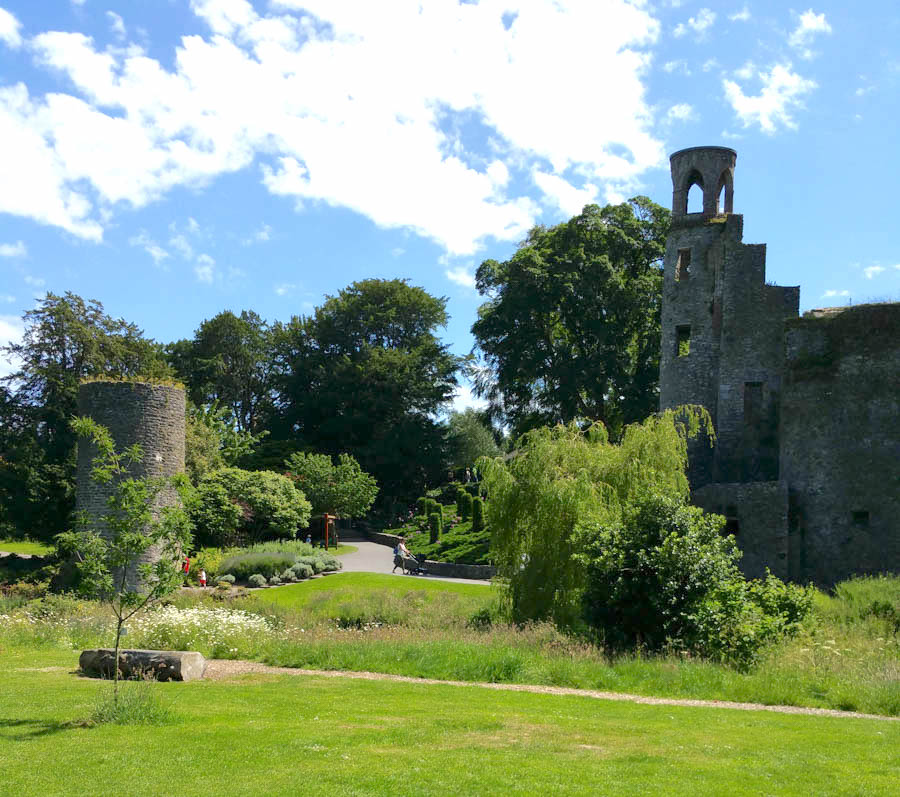
A walk in the garden is good after a long drive

The remains of an outer wall

Luisa awaits visitors to cross the bridge!

A nice warm day in the garden

Brave... What if St. Patrick did get all the snakes out of Ireland?

Solid for 1000 years!

Rock walls still in place around the garden

Come on in
Did You Know? - The Blarney Stone (Irish: Cloch na Blarnan) is a block of Carboniferous limestone built into the battlements of Blarney Castle, Blarney, about 8 kilometres (5 mi) from Cork, Ireland. According to legend, kissing the stone endows the kisser with the gift of the gab (great eloquence or skill at flattery). The stone was set into a tower of the castle in 1446.

Here we go!

A view from above... Nice view from the top of the castle
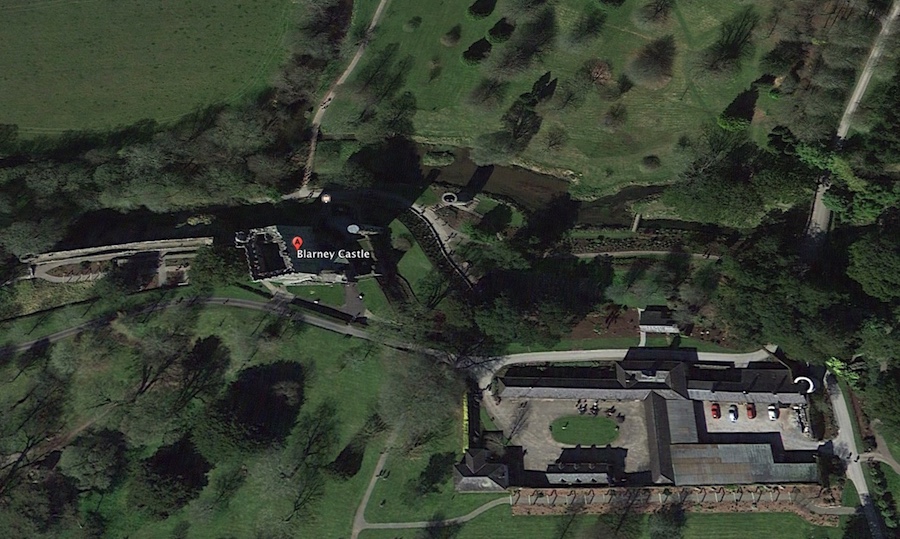
The location is well away from everything

They are NOT kidding
Did You Know? - Hidden behind the Castle battlements, you will find the new poison garden, which you must enter at your own risk. In this garden, the plants are so dangerous and toxic that they may be kept in large cage like structures. This part of the grounds contrasts largely with the bright green scenes that greet you everywhere else in the grounds.
It contains a collection of poisonous plants from all over the world including Wolfsbane, Mandrake, Ricin, Opium and Cannabis. Many of these are labelled with information about their toxicity and traditional and modern uses. A large number of plants that we now know to be toxic were once used widely as herbal remedies for all sorts of ailments.
The old expression "It will either kill you or cure you" could not have been more apt!

Keeping the visitors away form the poison
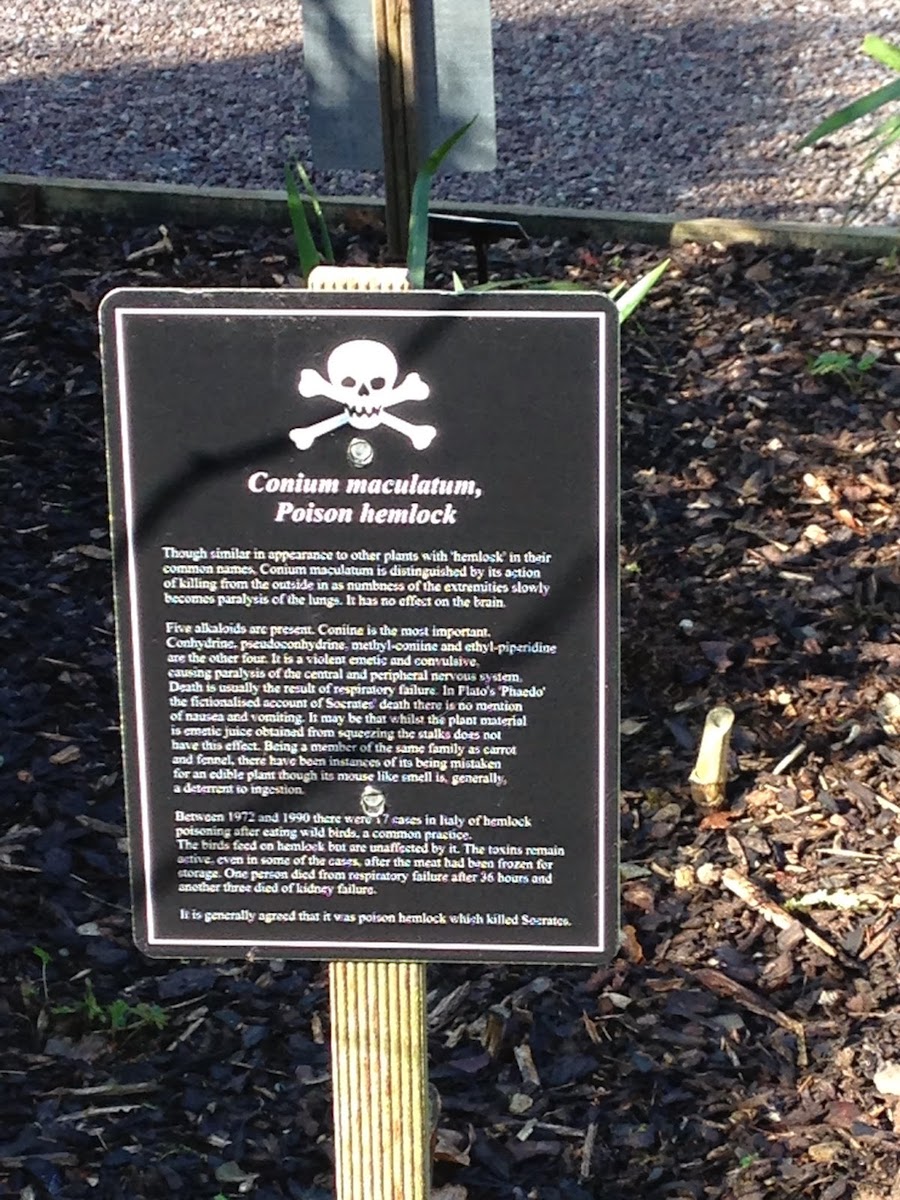
The killer of Socrates!

Real or fiction? Only time will tell
Did You Know? - Legend says that if you walk down and back up the Wishing Steps with your eyes closed while thinking only of a wish, that wish will come true within a year. The wish will be granted by the Blarney Witch, because she steals firewood from the Estate for her kitchen. In order to pay for this stolen firewood, she has to grant the wishes of those who walk these stairs.
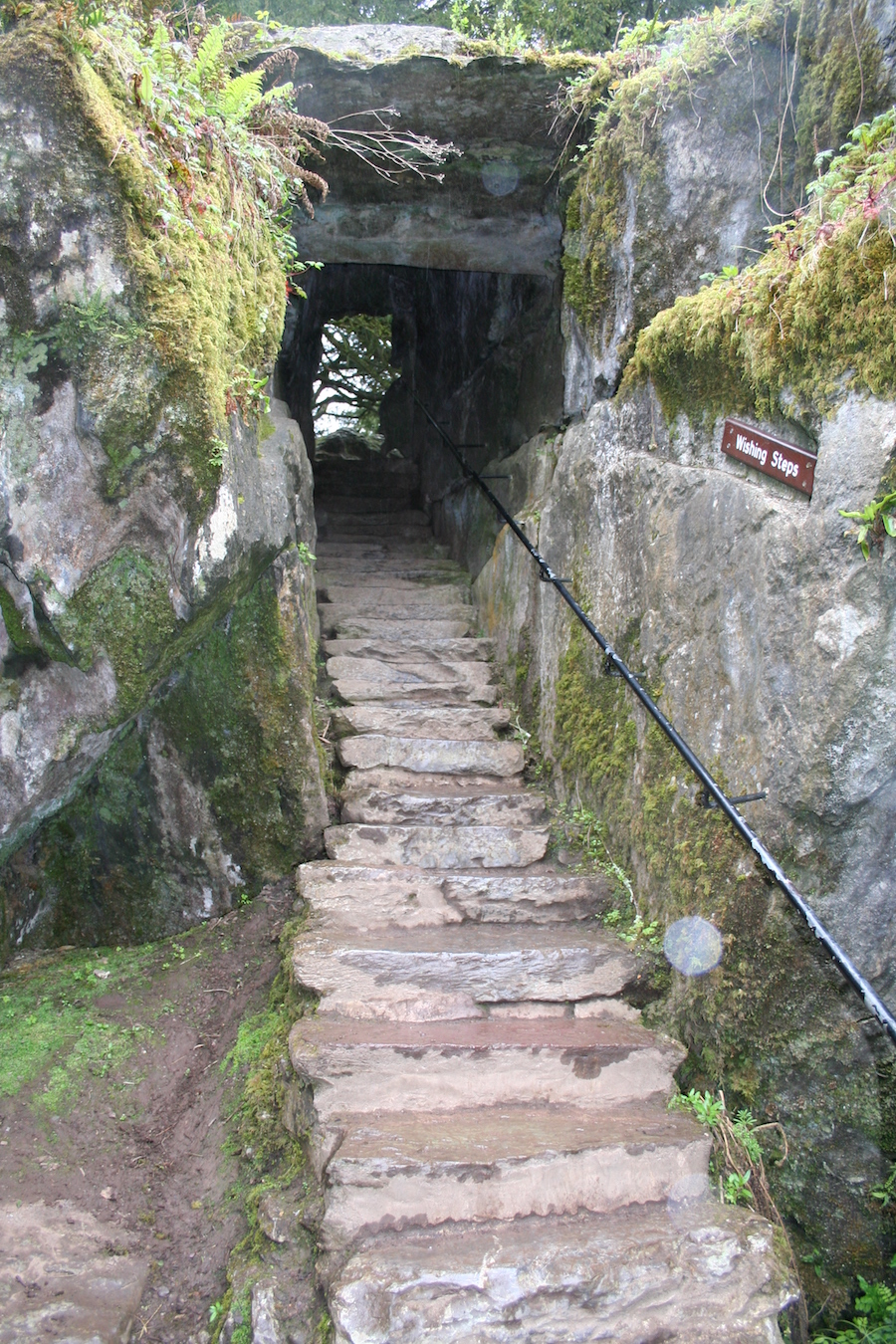
"Step right up!"

Make a wish!
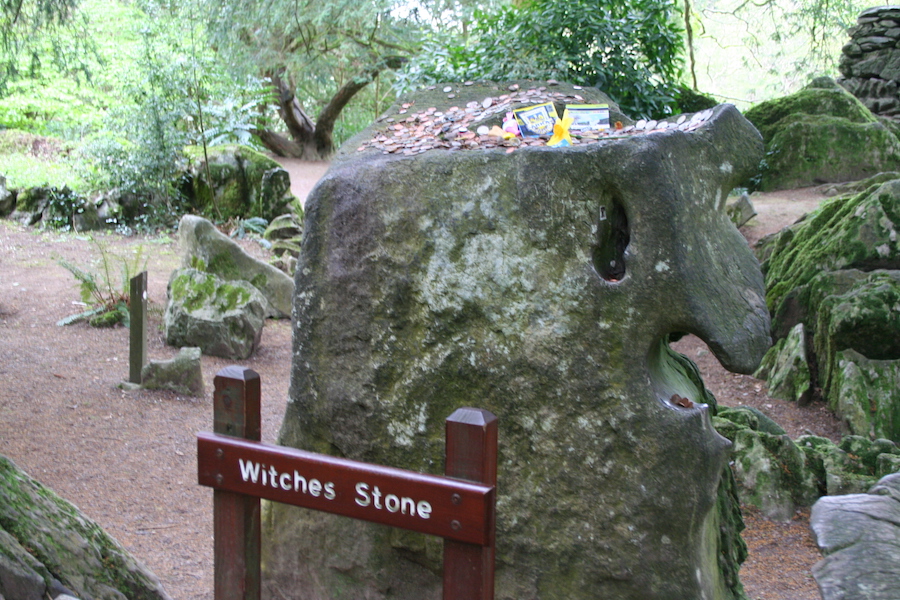
Loads of goodies left by visitors

Just like magic!

One can hear water all over the garden

Were are the "We People?"

All smiles!!!
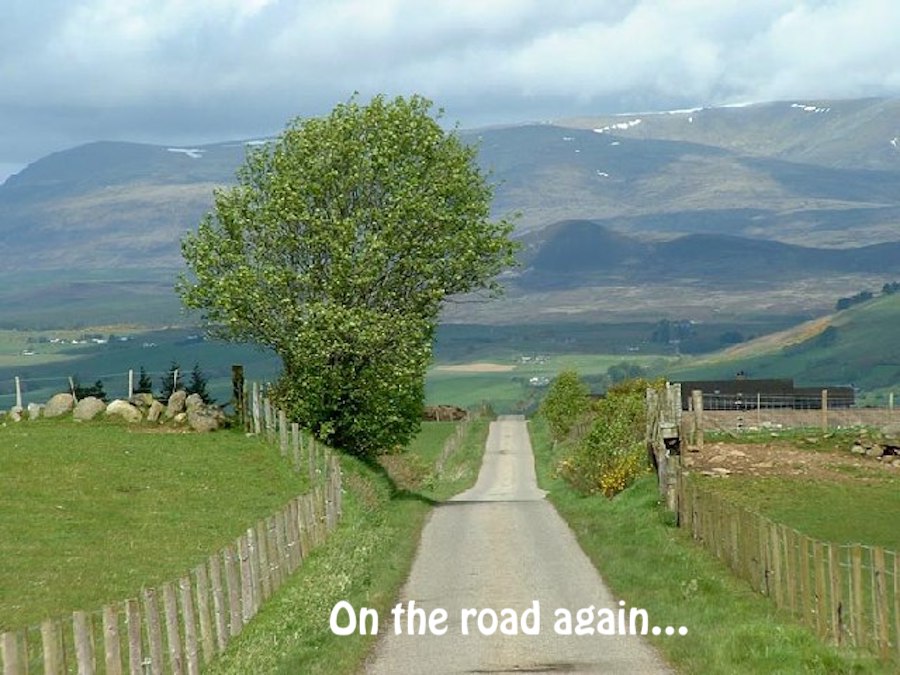

Blue and green... Great traveling on this fine day!

Into the forest we go... OK, a small stand of trees

Meeting new friends
